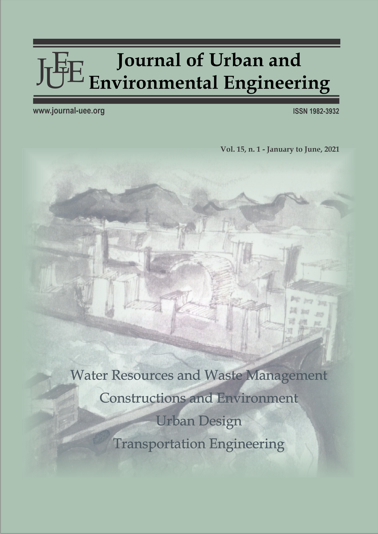ASSESSMENT OF OUTDOOR THERMAL COMFORT IN HOT ARID ZONE
DOI:
https://doi.org/10.4090/juee.2021.v15n1.10-23Abstract
The globe witnessed a rapid development of the concepts of sustainability, smart architecture, and intelligent buildings during recent decades. The Healthy environment, particularly thermal comfort, is an essential concern for planners, urbanists, and architects to produce a healthy and thermally comfortable environment. A better understanding of the parameters that affect the Outdoor Thermal Comfort (OTC) will enable urbanists and environmentalists to control the microclimate and to enhance environmental performance. Several parameters affect the thermal comfort of human-being such as air temperature, mean radiant temperature (MRT), air velocity, humidity, metabolic rate, and clothing insulation. Assessing the MRT is considered the most challenging parameter in outdoor spaces. Recent researches recognized several approaches to determine the OTC in different climatic zones. The influence of different climates and user groups has significantly altered the range of responses for thermal comfort. This paper focuses on reviewing the current state of knowledge on how to assess the OTC and the MRT in the hot arid climate. Results confirmed the integration of the appropriate OTC index with other design tools to evaluate the OTC and the MRT. It also confirmed that Physiological Equivalent Temperature (PET) and Predictive Mean Vote (PMV) are the most common indices. While ENVI-met and RayMan are the most common software to assess the OTC.Downloads
Download data is not yet available.
Downloads
Published
2021-04-09
Issue
Section
Articles




